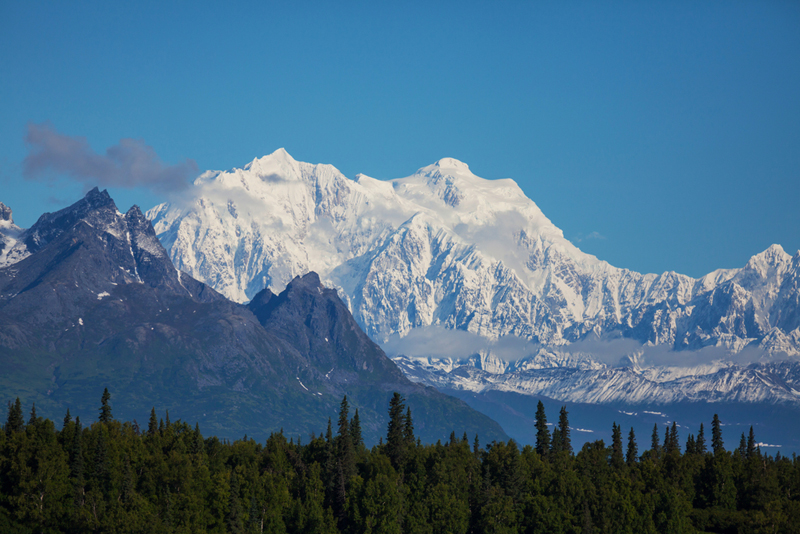150 Years Ago Today, the US Bought Alaska

Today marks the 150th anniversary of a historic event: On March 30, 1867, the United States agreed to pay Russia $7.2 million for Alaska. That's about 2 cents an acre.
A year later, the check was made out to Edouard de Stoeckl, the Russian minister to the United States, who negotiated the deal with then-Secretary of State William Seward. (Critics of the deal called it "Seward's Folly.")
According to the U.S. Department of State, this purchase "marked the end of Russian efforts to expand trade and settlements to the Pacific coast of North America." It also was a step toward America's "rise as a great power in the Asia-Pacific region," the department said. [In Images: Maps of Alaska Help Track Climate Change]
In a letter about the purchase, released on May 12, 1968, Joseph S. Wilson, commissioner of the General Land Office, described the importance of the purchase, writing:
"The acquisition of this territory is essential to the full success of that career of wonderful progress upon which the United States have lately entered. Its continental position commands the navigation and commerce of the North Pacific, placing us almost in contact with the massive and hoary continent of Asia, whose garnered wealth, the product of her peculiar industry during the entire period of human history, it has ever been the ambition of Western nations to absorb by means of a monopoly of her trade."
Alaska remained the "ugly stepchild" of sorts for three decades, governed by "military, naval, or Treasury rule or, at times, no visible rule at all," according to the Department of State. It wasn't until years later that Seward was vindicated: Alaskans struck gold, literally. In 1896, a major gold deposit was found in the Yukon, leading to the gold rush, when 100,000 people rushed to the Klondike gold fields through southeast Alaska. The region became the 49th state on Jan. 3, 1959.
Today, Alaska is known for its pristine glaciers and mountains — including Denali National Park and Glacier Bay National Park — and its wealth of natural resources.
Get the world’s most fascinating discoveries delivered straight to your inbox.
Original article on Live Science.
Jeanna Bryner is managing editor of Scientific American. Previously she was editor in chief of Live Science and, prior to that, an editor at Scholastic's Science World magazine. Bryner has an English degree from Salisbury University, a master's degree in biogeochemistry and environmental sciences from the University of Maryland and a graduate science journalism degree from New York University. She has worked as a biologist in Florida, where she monitored wetlands and did field surveys for endangered species, including the gorgeous Florida Scrub Jay. She also received an ocean sciences journalism fellowship from the Woods Hole Oceanographic Institution. She is a firm believer that science is for everyone and that just about everything can be viewed through the lens of science.


